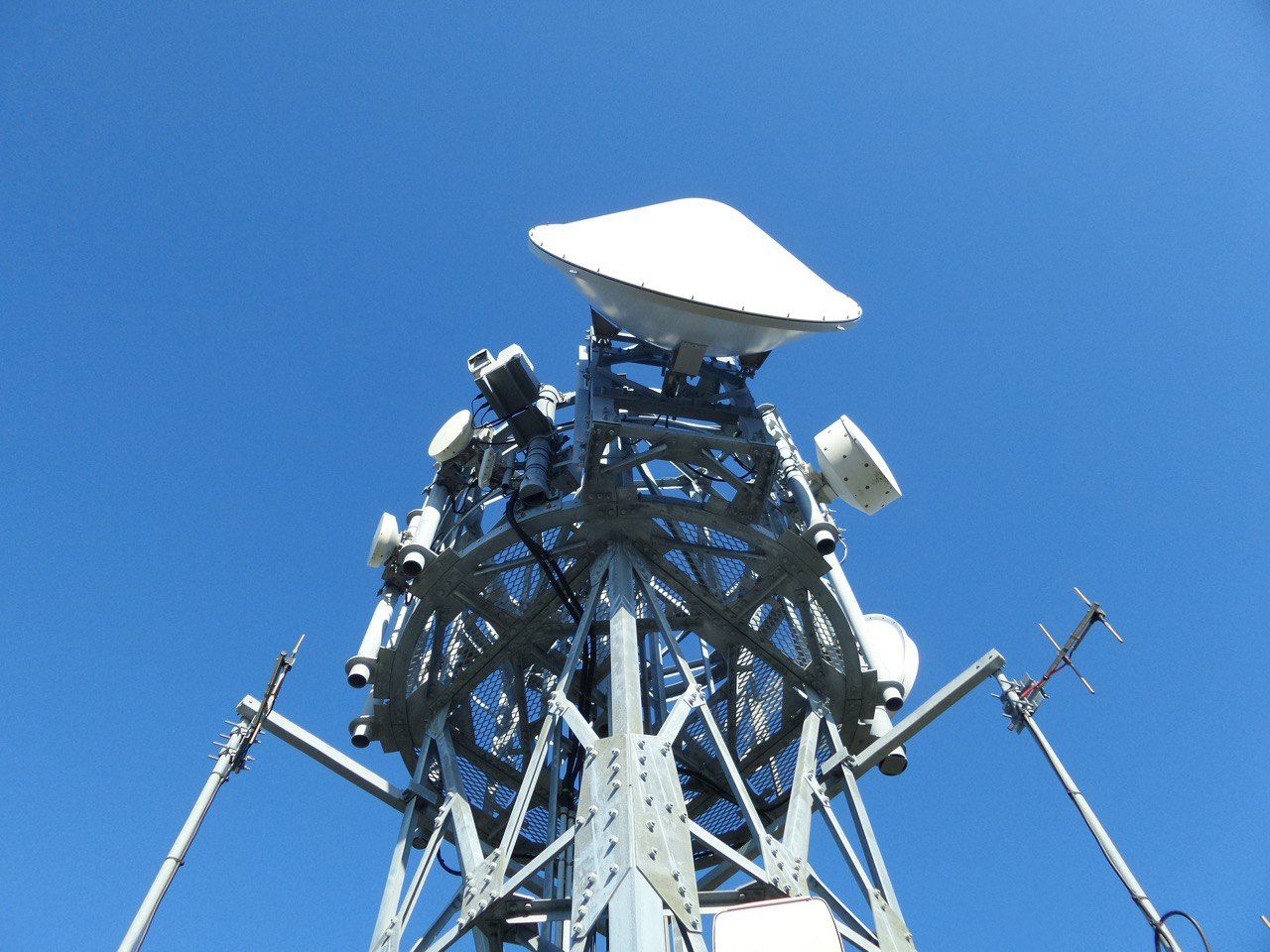International regulation of climate test methods

Technologies such as temperature measurement as well as mechanical test methods are still used today despite the abundance of possible innovations. That is why it is necessary to follow all the prescribed norms and rules that are regulated by international standards in the international market. If the field of your organization is in contact with the aforementioned technologies, we recommend that you pay attention to standards that will help expand the scope of your company and significantly accelerate the movement of your business to the main leading positions in the global market.
Semiconductor devices - Mechanical and climatic test methods - Part 15: Resistance to soldering temperature for through-hole mounted devices
Climate test methods are widely used not only by organizations that specialize in this technology, but also by a large number of small and medium-sized businesses. One of the international standards governing this activity is IEC 60749-15: 2020.
This document is available as IEC 60749-15:2020 RLV which contains the International Standard and its Redline version, showing all changes of the technical content compared to the previous edition.IEC 60749-15:2020 describes a test used to determine whether encapsulated solid state devices used for through-hole mounting can withstand the effects of the temperature to which they are subjected during soldering of their leads by using wave soldering. In order to establish a standard test procedure for the most reproducible methods, the solder dip method is used because of its more controllable conditions. This procedure determines whether devices are capable of withstanding the soldering temperature encountered in printed wiring board assembly operations, without degrading their electrical characteristics or internal connections. This test is destructive and may be used for qualification, lot acceptance and as a product monitor. The heat is conducted through the leads into the device package from solder heat at the reverse side of the board. This procedure does not simulate wave soldering or reflow heat exposure on the same side of the board as the package body. This edition includes the following significant technical changes with respect to the previous edition: - inclusion of new Clause 3, Terms and definitions; - clarification of the use of a soldering iron for producing the heating effect; - inclusion an option to use accelerated ageing.
Like any other document, this standard has a large number of amendments and clarifications. When it comes to technologies, special attention should be paid to individual characteristics and, since one sentence, applied incorrectly, can cause the entire system to break down and, as a result, get the wrong final product.
Semiconductor devices - Mechanical and climatic test methods - Part 20: Resistance of plastic encapsulated SMDs to the combined effect of moisture and soldering heat
Another important international standard in the field of climatic test methods is IEC 60749-20: 2020.
The document is available as IEC 60749-20:2020 RLV which contains the International Standard and its Redline version, showing all changes of the technical content compared to the previous edition.IEC 60749-20:2020 provides a means of assessing the resistance to soldering heat of semiconductors packaged as plastic encapsulated surface mount devices (SMDs). This test is destructive. This edition includes the following significant technical changes with respect to the previous edition: - incorporation of a technical corrigendum to IEC 60749-20:2008 (second edition ); - inclusion of new Clause 3; - inclusion of explanatory notes.
The number of technical amendments may be misleading, but if you believe that this document may be applicable to the development of your organization, then we recommend that you ask all your questions to the team of experts in the international standards selection industry.

Semiconductor devices - Mechanical and climatic test methods - Part 30: Preconditioning of non-hermetic surface mount devices prior to reliability testing
Each standard has a large number of parts that may be suitable for different organizations and enterprises. Despite the fact that one standard can globally cover one area, its individual parts can radically differ in technological features. One of the following standards in mechanical and climatic test methods is EN IEC 60749-30: 2020.
IEC 60749-30:2020 is available as IEC 60749-30:2020 RLV which contains the International Standard and its Redline version, showing all changes of the technical content compared to the previous edition.IEC 60749-30:2020 establishes a standard procedure for determining the preconditioning of non-hermetic surface mount devices (SMDs) prior to reliability testing. The test method defines the preconditioning flow for non-hermetic solid-state SMDs representative of a typical industry multiple solder reflow operation. These SMDs are subjected to the appropriate preconditioning sequence described in this document prior to being submitted to specific in-house reliability testing (qualification and/or reliability monitoring) in order to evaluate long term reliability (impacted by soldering stress). This edition includes the following significant technical changes with respect to the previous edition: - inclusion of new Clause 3; - expansion of 6.7 on solder reflow; - inclusion of explanatory notes and clarifications.
Since individual parts of one standard can overlap with each other and talk about the same technologies, we recommend that you clarify all the details in more detail in order to select a document that is suitable specifically for increasing the productivity of your production and business activities.
Semiconductor devices - Mechanical and climatic test methods - Part 41: Standard reliability testing methods of non-volatile memory devices
Another equally important part of the above-mentioned standard is EN IEC 60749-41: 2020. IEC 60749-41:2020 specifies the procedural requirements for performing valid endurance, retention and cross-temperature tests based on a qualification specification. Endurance and retention qualification specifications (for cycle counts, durations, temperatures, and sample sizes) are specified in JESD47 or are developed using knowledge-based methods such as in JESD94. Since this standard has a clear listing of the methods in which it is applied, be careful considering all the parameters and characteristics specified in it.
Sensory analysis -- Methodology -- Texture profile
The methodology and use of applying different products and materials are key aspects in building a properly functioning system. In order to facilitate the creation of this process, attention must be paid to international standardization. One of the key Documents in this sense is ISO 11036: 2020.
This document specifies a method for developing a texture profile of food products (solids, semi-solids, liquids) or non-food products (e.g. cosmetics). This method is one approach to sensory texture profile analysis and other methods exist. This method describes various steps in the process of establishing a complete description of the textural attributes of a product. This method is applicable to: — screening and training assessors; — orientating assessors through the development of definitions and evaluation techniques for textural characteristics; — characterizing the textural attributes of a product in order to establish its standard profile and to discern any later changes; — improving old products and developing new products; — studying various factors that can affect the textural attributes of a product, e.g. changes in process, time, temperature, ingredients, packaging or shelf-life, and storage conditions; — comparing a product with another similar product to determine the nature and intensity of textural differences; — correlating sensory and instrumental and/or physical measurements.
When it comes to measuring and working with numbers, which in the future leads the production processes, you need to be clearly confident in the modernity of the existing scientific technological base at your enterprise.
Market leadership is not as far away as it seems.
Since the aforementioned documents have a large number of clarifications, before thinking about purchasing them, it is necessary to clarify all the details related to the technical aspects of your business activities. We recommend that you contact a team of professionals who will not only select the necessary standards for you on this topic, but also analyze the possible vectors for the development of your company in the international market and advise the need for certain standards to comply with quality standards at the international level. Stay with the iTech team and rest assured that taking the lead in the international market can be much easier than meets the eye.
References:
https://standards.iteh.ai/catalog/standards/iso/f2c84088-71bd-4c15-b4d4-92755d459fb4/iso-11036-2020
Categories
- Latest News
- New Arrivals
- Generalities
- Services and Management
- Natural Sciences
- Health Care
- Environment
- Metrology and Measurement
- Testing
- Mechanical Systems
- Manufacturing
- Energy and Heat
- Electrical Engineering
- Electronics
- Telecommunications
- Information Technology
- Image Technology
- Road Vehicles
- Railway Engineering
- Shipbuilding
- Aircraft and Space
- Materials Handling
- Textile and Leather
- Clothing
- Agriculture
- Food technology
- Chemical Technology
- Petroleum
- Metallurgy
- Wood technology
- Rubber and Plastics
- Paint Industries
- Construction
- Civil Engineering
- Military Engineering
- Entertainment





